News
Common Issues Found During A Property Survey
Problem-free survey reports can be extremely rare, especially if the building is older. But what could be so bad that the surveyor may uncover? Find out in our article…
Now that you’re set on purchasing your new home, you need a surveyor to compile a report on your prospective property purchase. You’re hoping for a clean bill of health for the new house you plan to call home. However, it is important to note that problem-free survey reports can be extremely rare, especially if the building is older. But what could be so bad that the surveyor may uncover?
There are a few common house survey problems that still show up on reports often. Some of these include:
Asbestos
Despite asbestos once being used for construction and fireproofing, it is now a material that strikes fear, especially when to referred to in reference to your home. However, if asbestos is uncovered during your home survey, not all is necessarily lost.
In most instances of discovering asbestos, it can often be safely contained by a specialist if it hasn’t been damaged or is in a poor condition. If the asbestos is found in such a condition, then the asbestos must be removed by a professional in such field. The cost of this removal can vary due to different factors of the removal, such as where it is found and how much of it there is.
Damp
Damp is also a very common issue flagged up by property surveyors. It can affect the structure of the building as well be extremely detrimental to our health. Discovering that damp is present in your potential new home could not only save your property but also a life.
Like the Asbestos, Damp can be rectified quite easily, but this can also depend on how bad the problem is. If the issue stems from condensation, the fix is very simple, however damp-proofing requires expert help and can be extremely costly. If the conducted survey shows a serious damp issue, it is recommended to acquire a further survey conducted by an approved damp surveyor. Conducting this additional survey will provide additional insight into the type of damp you are dealing with as well as the full extent of the issue.
Cracks
Cracks are incredibly common in most homes, yet although they may look unnerving, they don’t always mean that there is a huge problem with the home. The key is to understand the cause of the cracks. Your survey will inform you of any underlying issues that are associated with the cracks.
While cracks are a normal part of home ownership, they can also be a clear sign of subsidence. Structural movement isn’t uncommon, but there are levels of severity to be aware of. Your building surveyor will be able to inform you if there’s an issue that will require further investigation.
Boundaries
Property surveys not only take the internal factors of a property into account, but also the external factors of the home. Your surveyor will inspect the property grounds and consider the conditions of elements such as boundary walls and fences.
It is common for issues to become apparent during this part of the inspection, especially if the boundaries are parallel to any public property, this is because the security of your home could be at risk. It is also important to note that an issue such as a broken fence may be overlooked during a home survey report as this is usually not seen to have an impact on the value of the property.
Unapproved extensions and alterations
If the property has any additions or alterations to the original structure, they must be accounted for. This means that they need to be compliant with the current building regulations. An issue that may be presented here is that the regulations for extensions changes often, so an amendment to the property that was completed by the previous owner, may have been while a different law was in place.
However, Regularisation allows for retrospective approval, which can be gained from the local authority’s building control body. It is important to note however that only work carried out after 11th November 1985 can be approved via regularisation.
Drainage Issues
Drainage issues can often stretch from faulty drainpipes to sagging gutters, both of which can be highlighted in your building survey report. A lot of the time, drainage related issues may seem insignificant, but their impact on your home can be huge if they are left unchecked, which is why it is included in the survey. Identifying and rectifying any drainage issues early enough won’t send costs through the roof if they are caught early enough.
If you are affected by one of the issue above, you might find our article ‘Using A Building Survey Report To Negotiate A Sale’ useful. Please feel free to Contact Us if you would like advice.
What is a Schedule of Condition?
A Schedule of Condition is a detailed, factual record of the condition of a property which is usually retained to use at a future time to establish the previous condition of the premises.
A Schedule of Condition is a detailed, factual record of the condition of a property which is usually retained to use at a future time to establish the previous condition of the premises. The survey is typically included within a Lease to limit Tenant’s repairing obligations to the condition of the property at Lease commencement.
To fully record the condition of a building we undertake a Full Schedule of Condition. This would typically include a general description of a property, a detailed schedule which would document the form of construction and condition of each building element, supported by photographic and sometimes video records to give evidence. Specialist information can also be included in a schedule to fully record a buildings condition, for example a CCTV Survey of the underground drains, an electrical test report of the electrical system, an engineer’s report on the lifts etc.
When is a Schedule of Condition required?
For commercial property leases, a schedule of condition can be required when a new lease is entered into to confirm the condition of the property. This ensures that the condition recorded so that any existing defects are identified prior to a commitment to lease being made and can help with lease negotiation. It can also be used to establish responsibility for dilapidations and reinstatement, at the end of a lease.
A schedule of condition might also be prepared before construction work begins for adjacent properties or structures that will be retained, or if part of a building is being refurbished. This not only helps protect against potential claims from neighbours, who may only notice pre-existing defects in their property when the noise and vibration of construction begins but can also establish contractor liability for damage to the employer’s properties.
For both commercial and residential properties, a schedule of condition can be prepared where the Party Wall etc. Act 1996 applies. This is to provide evidence of the condition of the neighbouring building prior to works beginning. The party wall surveyors can then undertake a re-inspection of the building and determine whether any damage has occurred and what repairs should be carried out.
What is the difference between a Schedule of Condition and a Condition Survey?
There is often confusion between a Schedule of Condition and a Condition Survey. The main differences are that a Schedule of Condition is purely a record of the condition of the building to be appended to an Agreement whilst a Condition Survey (often also referred to a building survey, pre-acquisition or pre-lease commencement survey) is prepared to not only show the condition of the building but identify repair works required, usually with costs to assist in planning maintenance works which may be needed. VKB Building Consultancy can advise on the most appropriate type of survey that is required and complete the survey if necessary. Our surveys can be appropriately tailored to meet each individual clients specific requirements.
Why instruct a surveyor?
It is often thought that by simply having some photographs on file these can be used to reduce a Tenant’s repairing liability under the term. If the photographs are not specifically referenced in the Lease and the Lease is held on standard full repairing terms, then it is unlikely they would limit a Tenant’s obligation and the Tenant could be liable for putting the property into repair, even if it was clearly in disrepair at the start of the Lease. This is why it is important to obtain specialist advice from a Chartered Building Surveyor. An incomplete, inadequate, or poorly drafted Schedule can often result in protracted negotiations, disputes and may result in negating the desired effect of undertaking a Schedule and fail to fulfil the intended purpose. Our knowledge will help reduce your liability and save you thousands of pounds at the end of the lease.


